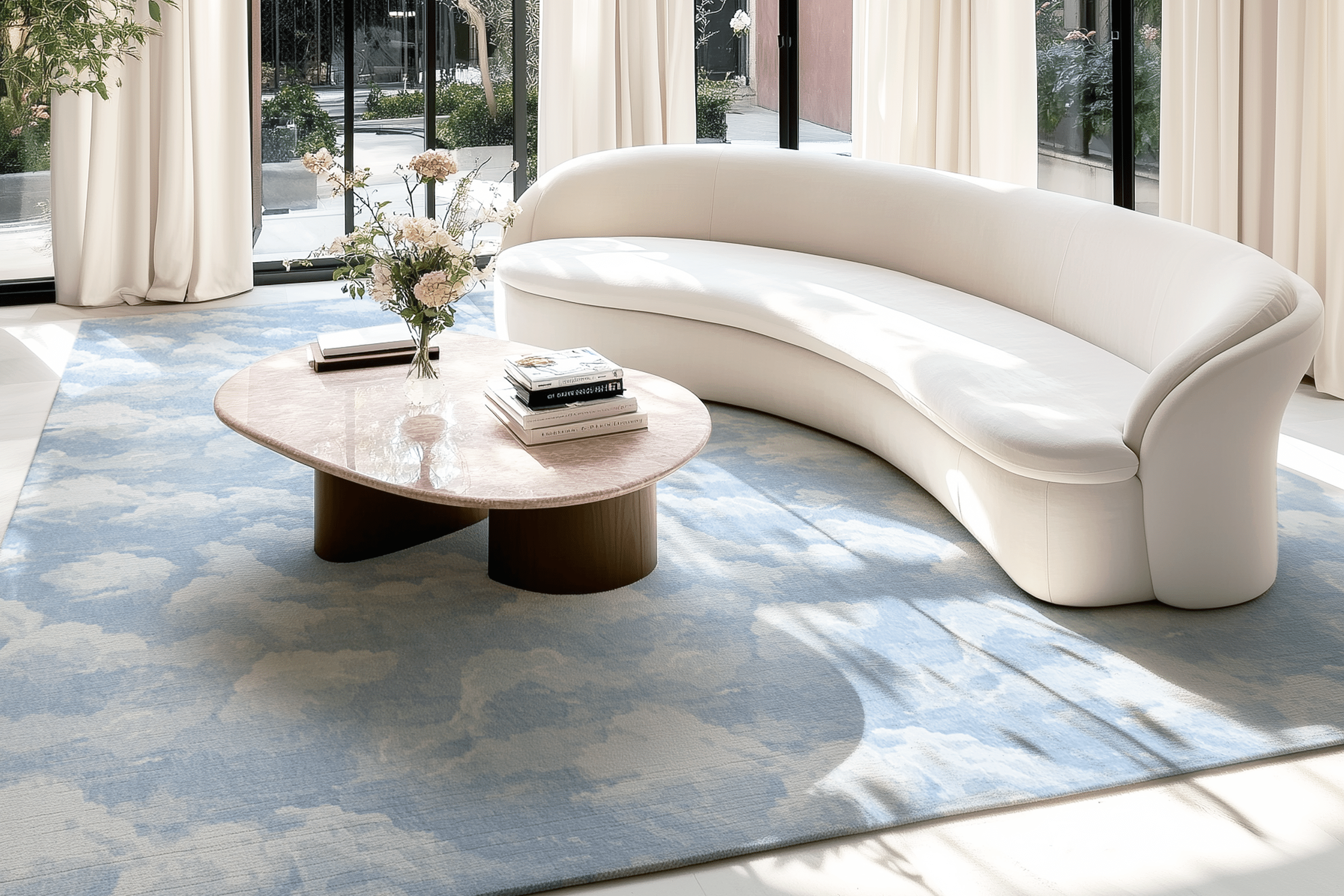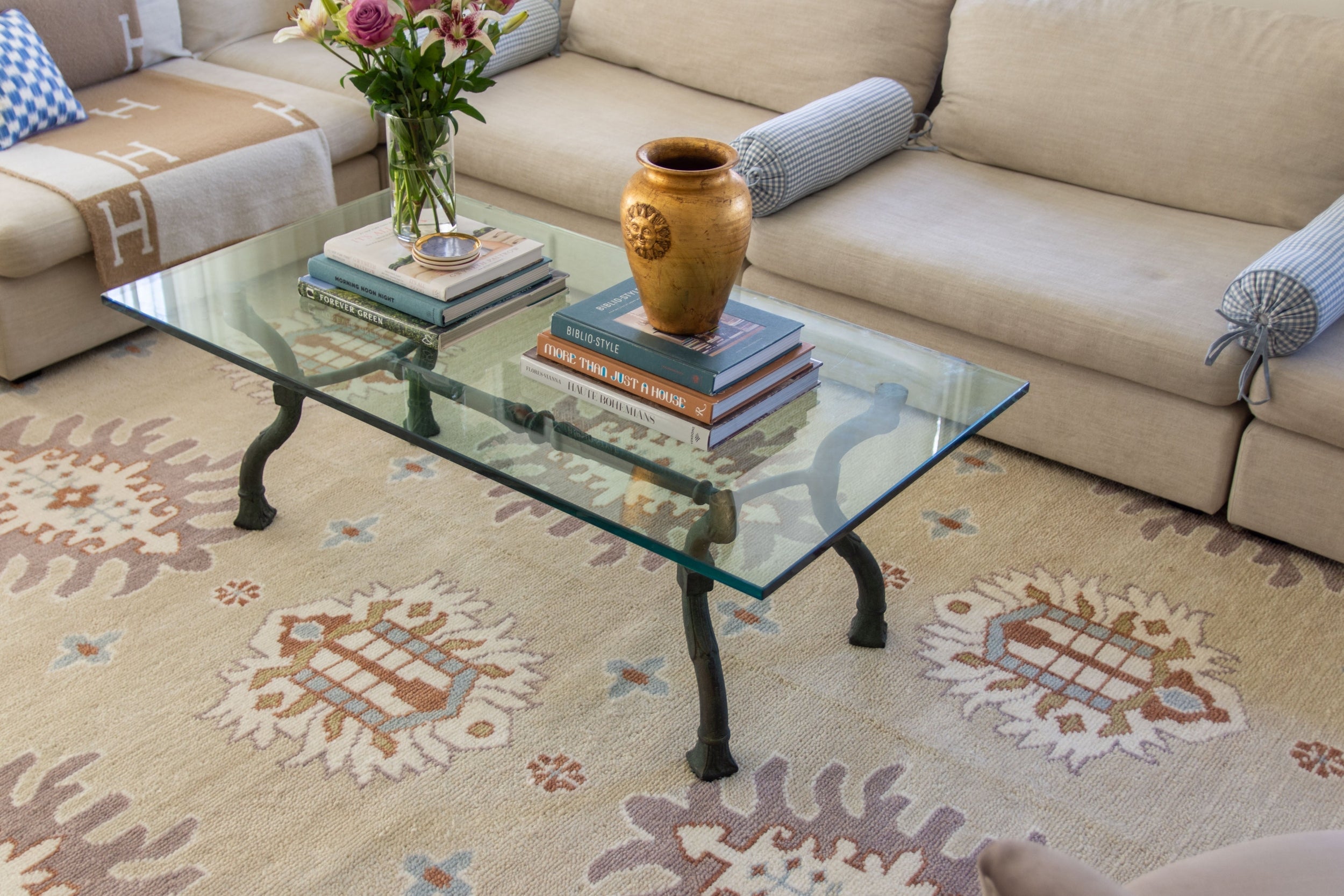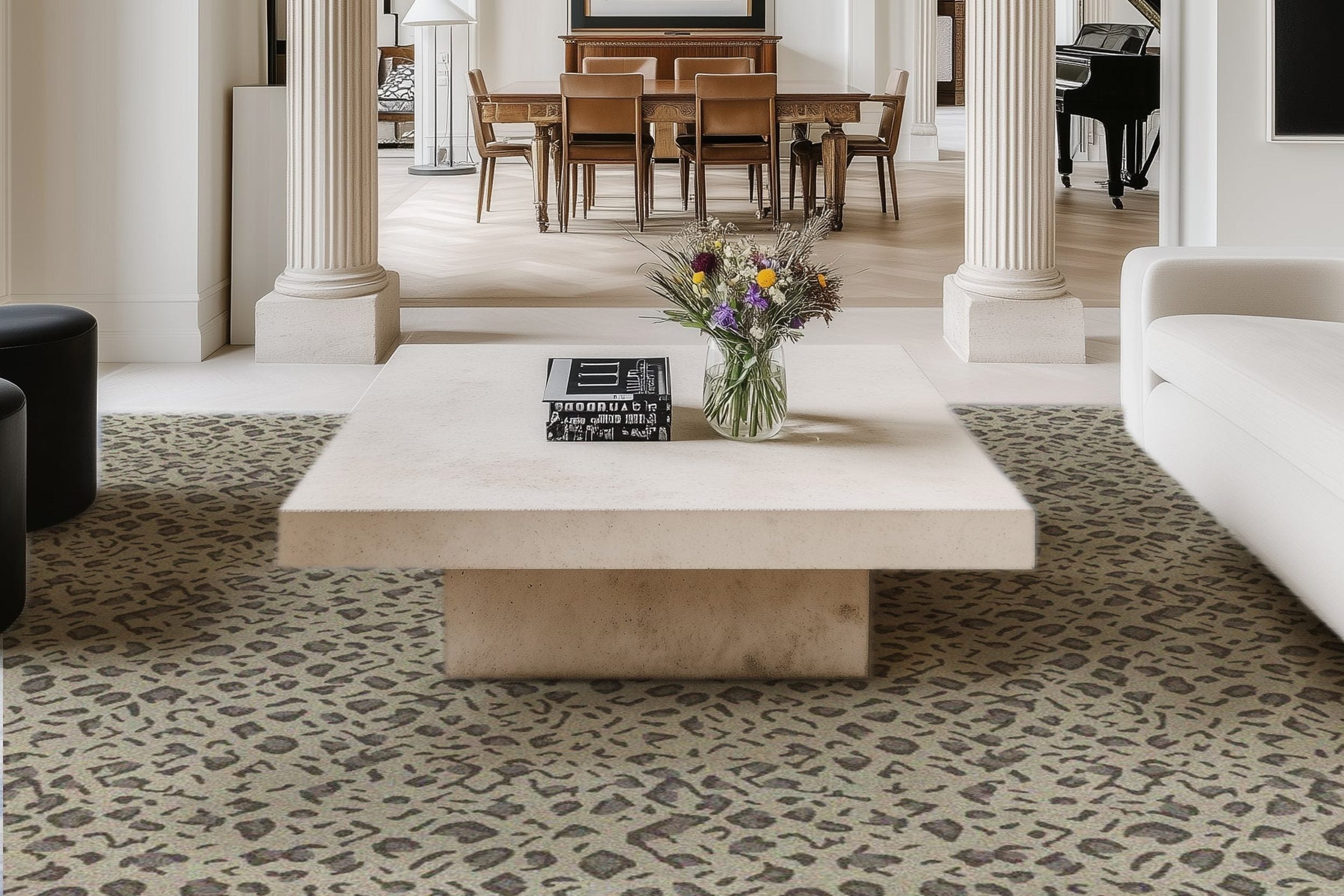Maple vs. Oak Cabinets: Which Wood is Right for Your Kitchen?

When designing a kitchen, one of the most important and expensive choices you’ll make is the type of wood used for your cabinets. Maple and oak are two of the most popular options for good reason — both are durable, attractive, and versatile enough to fit a variety of kitchen styles. But while they might seem similar at first glance, each has its own strengths and trade-offs that can make a big difference in how your kitchen looks and functions.
According to Kurt from Seattle Cabinets, “Cabinets often account for up to 40% of a kitchen renovation budget, so it’s critical to choose a material that fits both your aesthetic goals and your lifestyle.” In this guide, we’ll compare maple and oak across several key categories — from cost and appearance to durability and maintenance — to help you decide which is the right fit for your home.
Appearance and Aesthetics
When it comes to visual appeal, maple and oak offer very different looks, and your choice can dramatically impact your kitchen's overall style.
Maple has a smooth, fine, and uniform grain that gives it a clean, understated appearance. Its naturally light, creamy color makes it an excellent choice for contemporary, minimalist, or Scandinavian-inspired kitchens. Maple also takes paint and stain evenly, offering flexibility if you want a colored finish or a darker tone without losing uniformity.
Oak, on the other hand, is known for its strong and visible grain patterns. This gives it a more textured, organic appearance that adds depth and character, particularly in rustic, traditional, or farmhouse-style kitchens. There are two main types of oak used in cabinetry:
-
Red oak features a warm, reddish hue and prominent grain, making it a bold, classic choice.
- White oak has a more subtle grain and a cooler, tan-to-gray tone, often favored in high-end modern and transitional kitchen designs.
Ultimately, if you’re after a soft, smooth, and modern look, maple may be your best bet. If you prefer bold textures or timeless warmth, oak might be the way to go.
Durability and Hardness
Durability is a top concern when choosing kitchen cabinets, and both maple and oak are strong contenders, but there are key differences.
Maple is known for its hardness and resistance to dents and scratches. On the Janka hardness scale (which measures wood hardness), maple scores around 1,450, making it harder than both red and white oak. This makes maple an excellent choice for households with young kids or high-traffic kitchens where cabinets take a daily beating.
Oak, while slightly softer than maple, is still a very durable hardwood. Red oak has a Janka rating of around 1,220, and white oak is a bit harder at 1,335. While not quite as dense as maple, oak’s prominent grain pattern helps mask small dents or imperfections, making it more forgiving over time.
Additionally, white oak is naturally more water-resistant than both maple and red oak, thanks to its tighter grain and closed cellular structure. This can make white oak a better option for humid environments or households concerned about moisture.
Bottom line: Maple offers superior hardness and a smooth surface that holds up well under pressure. Oak, especially white oak, provides excellent durability with the added benefit of better moisture resistance.
Cost Comparison
When it comes to budgeting for kitchen cabinets, understanding the cost differences between maple and oak is essential, but it depends heavily on the type of oak you're considering.
Maple cabinets typically fall into the mid-range pricing category. For custom builds, they generally cost between $300–$400 per linear foot, depending on factors like grade, finish, and construction complexity.
Oak cabinets vary more widely:
-
Red oak is often more affordable, with costs similar to or even slightly below maple, typically $300–$400 per linear foot.
- White oak, however, is considered a premium material and tends to be more expensive, often ranging from $400–$600 per linear foot, due to its denser grain, higher durability, and rising popularity in high-end kitchen design (Angi.com).
Maintenance and Cleaning
Both maple and oak are durable hardwoods, but they differ in how easy they are to maintain over time, especially when it comes to keeping your kitchen looking fresh and clean.
Maple has a smooth, closed grain that resists dirt and grime buildup. This makes it easier to clean on a daily basis — usually, a soft cloth and a solution of warm water with mild dish soap will do the trick. Because it has a non-porous surface, spills and splashes are less likely to seep in or stain if cleaned promptly. Maple also tends to show fewer dust streaks and grease spots, making it a practical choice for busy kitchens.
Oak, especially red oak, has a more open and porous grain structure. While this adds beautiful texture and depth, it can also make oak cabinets more prone to trapping grease and dust in the grain. Regular dusting and occasional deeper cleaning are recommended. A toothbrush or soft-bristled brush can help reach into the grain during seasonal cleanings. White oak, while still textured, has a tighter grain than red oak and is slightly easier to maintain.
For both wood types, it's best to avoid harsh chemical cleaners or abrasive scrubbers, as these can damage the finish over time.
Design Trends and Versatility
Choosing the right wood for your kitchen cabinets isn’t just about durability and price — it’s also about how the wood complements your overall design vision. Both maple and oak are versatile, but they tend to shine in different design contexts.
Maple is favored in contemporary, minimalist, and Scandinavian-style kitchens. Its smooth, fine grain and naturally light color make it ideal for spaces that prioritize clean lines and bright, airy aesthetics. Maple also takes paint and stain evenly, which makes it popular for homeowners who want colored cabinetry, especially in whites, grays, and soft pastels.
Meanwhile, oak has become a staple in high-end modern kitchens. Its soft, neutral tones and subtle grain make it perfect for the increasingly popular “organic modern” style — a blend of sleek minimalism and natural materials. Designers often use white oak in flat-panel or slab cabinet doors to achieve a clean yet warm look.
Red oak, with its stronger grain and warmer tone, remains a go-to in more traditional or rustic kitchens. It pairs well with farmhouse elements, shaker-style doors, and warm color palettes.
Make the Right Choice for Your Kitchen
Now that you understand the key differences between maple and oak cabinets, it’s time to make a choice that fits your kitchen’s needs and your personal style.
Choose maple if you’re looking for:
- A smooth, clean look that fits modern or minimalist designs
- A harder surface that's more resistant to dents and scratches
- Easy maintenance and flexible finishing options
Choose oak if you prefer:
- Rich, natural texture with strong or subtle grain (red vs. white oak)
- A traditional or high-end aesthetic with timeless appeal
- Slightly better moisture resistance, especially with white oak
Both woods are excellent options, and either can elevate your kitchen if matched to the right design goals. When in doubt, talk to a professional cabinet maker who can guide you through finishes, construction quality, and what will work best for your home’s layout and lifestyle.
Browse by Category

Design Projects
Explore interiors from client work and personal renovations — layered, livable, and always in progress.
read more →
Collaborations
From product launches to styled spaces, discover the brand stories I’ve helped bring to life.
read more →
The Notebook
A growing archive of iconic designers, inspiring artists, and unforgettable design moments.
read more →
Travel by Design
Wander with a designer’s eye — from charming hotels and city guides to visual inspiration abroad.
read more →




